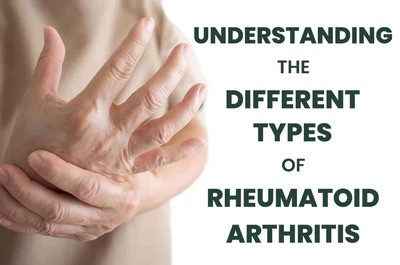October 12th marks World Arthritis Day, and this year’s theme is ‘It’s in your hands, take action.’ Arthritis affects about 180 million people in India, a figure that surpasses conditions like diabetes and diseases such as AIDS and cancer. Research indicates that around 14% of the Indian population consults healthcare professionals annually for arthritis-related issues. Recent findings from a diagnostic study, which analyzed 6.4 million samples, suggest a growing prevalence of arthritis in the country. If not addressed, India could see a rise to over 60 million cases of osteoarthritis by 2025. Understanding the common types of arthritis is vital for taking preventive steps. Below are three prevalent types of arthritis in India:
1. Osteoarthritis
Osteoarthritis is the most widespread form of arthritis, affecting between 22% and 39% of the Indian population. This condition impacts approximately 15 million adults each year. It is more prevalent among women than men, particularly as age increases. Studies have shown that nearly 45% of women over the age of 65 exhibit symptoms of osteoarthritis. Furthermore, about 70% of older women have radiological evidence of the condition. This type of arthritis is characterized by the degeneration of joint cartilage and underlying bone, leading to pain and stiffness.
2. Rheumatoid Arthritis
Rheumatoid arthritis (RA) is the second most common type of arthritis affecting Indians. As an autoimmune disorder, RA targets the tissues around the joints, causing inflammation and discomfort. Although the precise cause of RA is not fully understood, early detection can lead to effective management. RA predominantly affects adults between the ages of 35 and 55, with a prevalence rate of around 0.5% to 1% of the population. Women are particularly susceptible, with the risk being three to four times higher compared to men. This condition can lead to significant joint damage if not properly managed.
3. Gout
Gout is a prevalent cause of inflammatory arthritis, known for its sudden and severe attacks of pain. It is three to four times more common in men, especially those who are obese and over 50 years of age. Gout results from elevated levels of uric acid in the blood, which forms crystals in the joints, leading to inflammation and intense pain. Identifying the symptoms early and managing the condition through appropriate treatment can help alleviate the discomfort associated with gout.
Conclusion
Being aware of the different types of arthritis can help in taking proactive measures to manage and reduce the risk of these conditions. It is essential to consult with your doctor or a healthcare professional before making any significant changes to your diet or treatment plan for arthritis. They can provide personalized advice based on your specific medical history and current health status.
Note: If you have any health-related concerns, please call us at +91-9058577992 to receive free consultation from our experienced doctors. Thank you.
